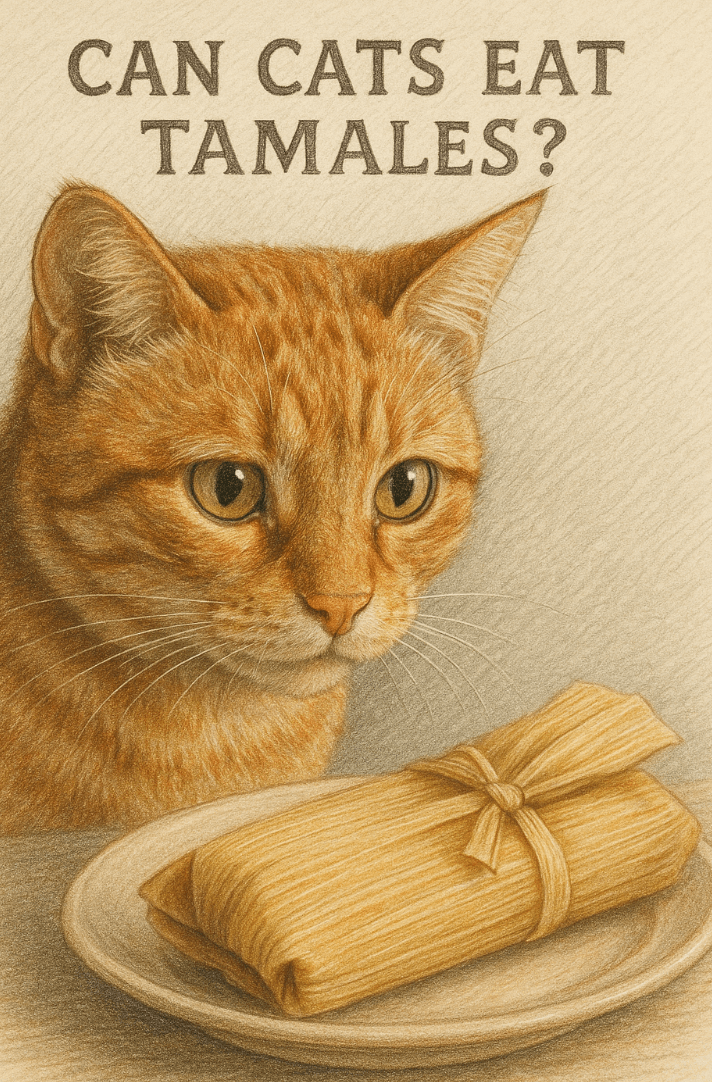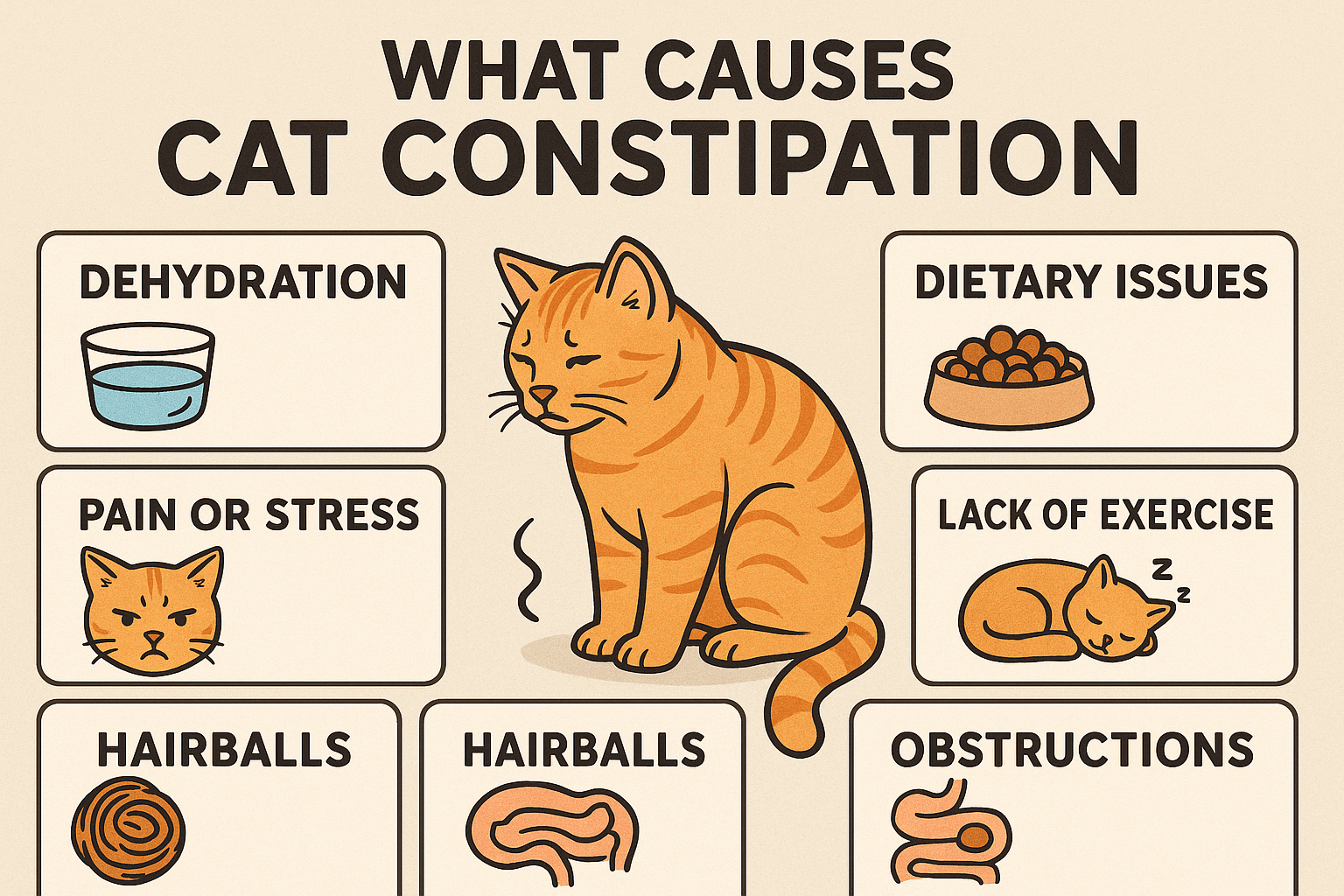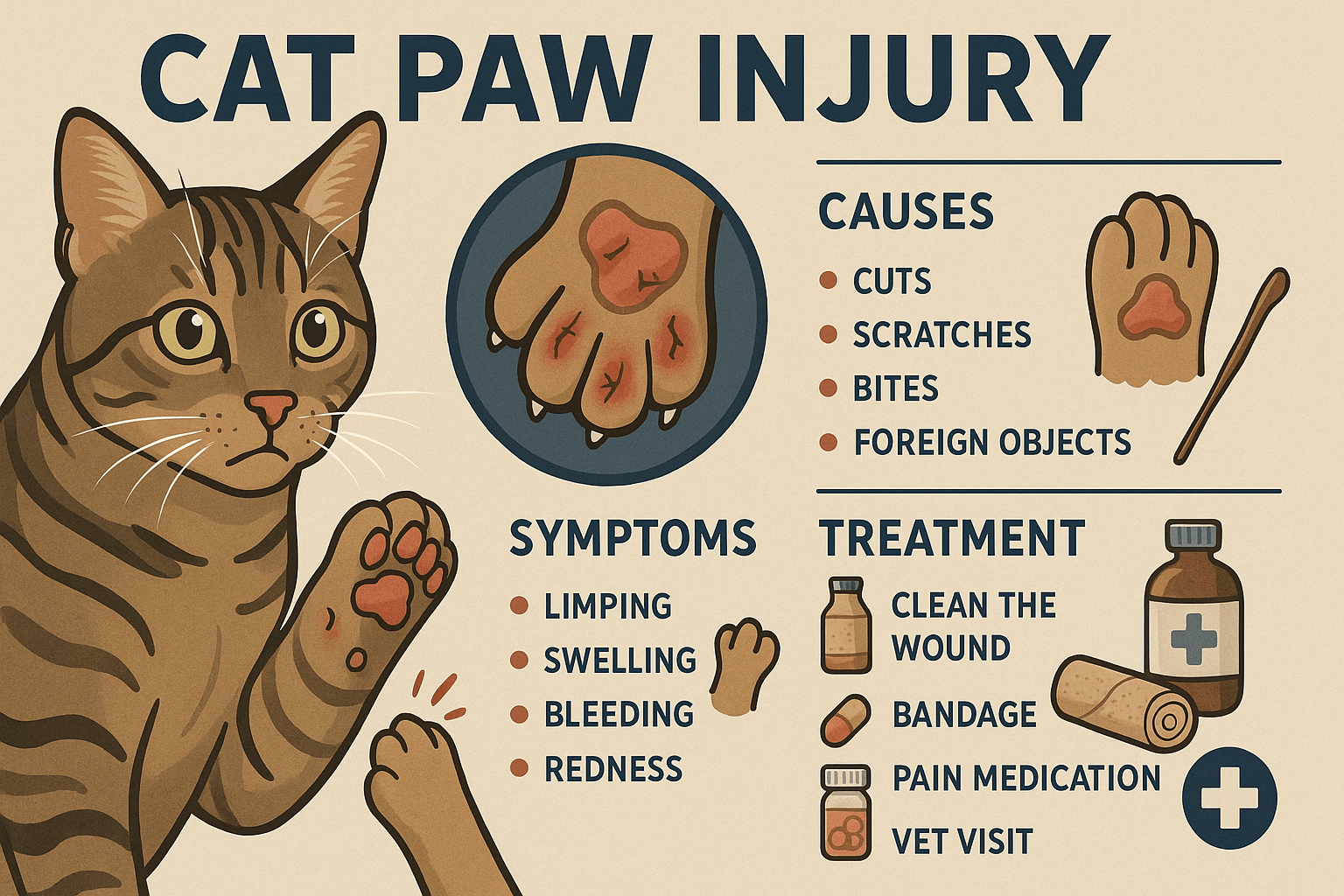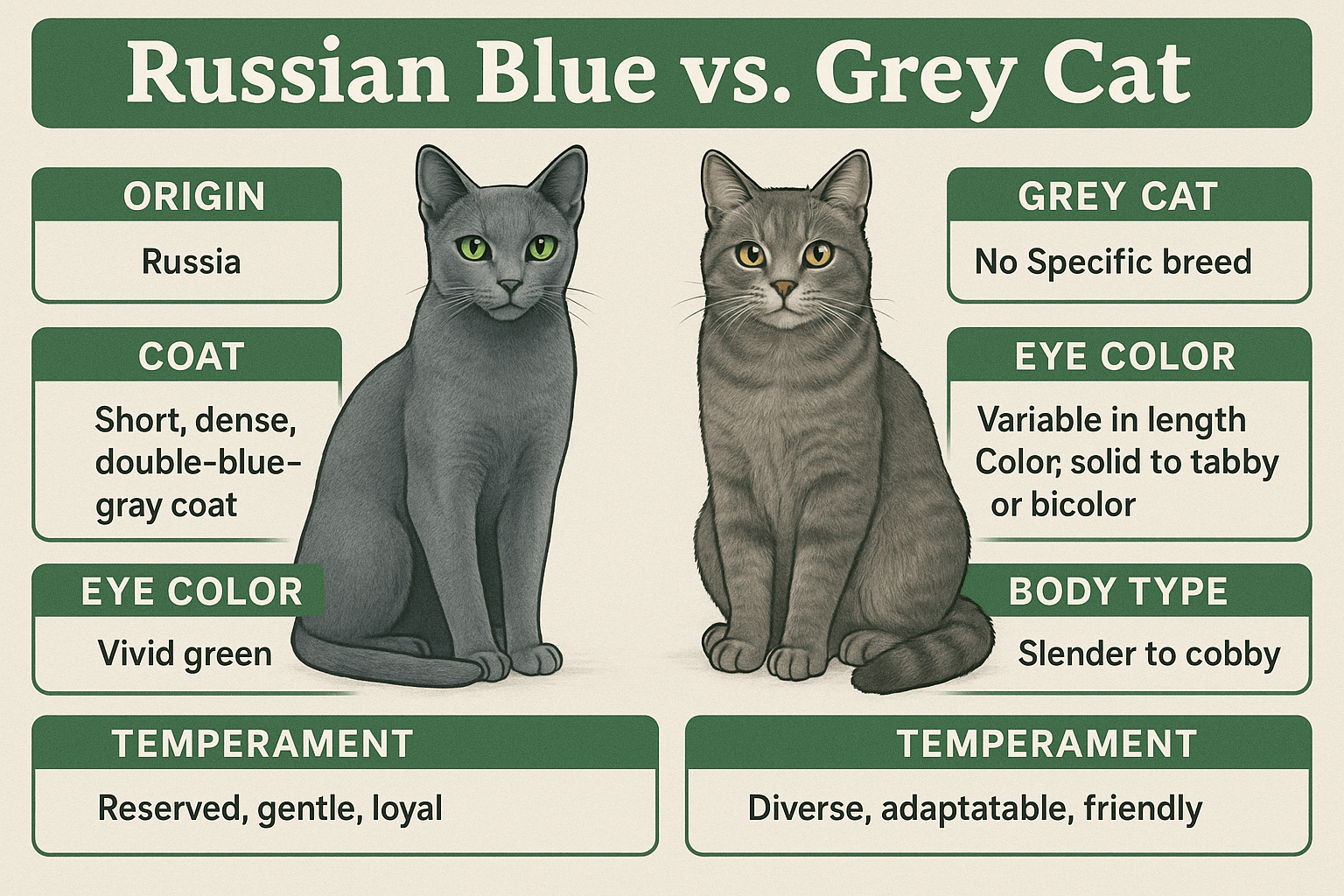Can Cats Eat Tamales?
Tamales are a delicious and traditional dish enjoyed by many, especially during festive occasions. But what happens if your curious feline sniffs out your plate of tamales? Can cats safely enjoy this savory treat, or is it better to keep them away? While cats are natural carnivores and may be intrigued by the meaty fillings in tamales, certain ingredients and preparation methods can pose risks to their health. In this blog post, we’ll explore whether cats can eat tamales, the potential dangers, and safer alternatives to satisfy your cat’s curiosity without compromising their well-being.
Potential Risks of Feeding Tamales to Cats
While tamales may seem like a harmless snack, several components can harm your cat if consumed. Understanding these risks is essential to ensure your pet stays safe and healthy.
High Fat Content:
Many tamales are made with fatty meats or lard, which can upset your cat’s digestive system and lead to pancreatitis.Spices and Seasonings:
Ingredients like garlic, onion, and chili powder are toxic to cats and can cause anemia or gastrointestinal distress.Corn Husks and Wrappers:
The outer corn husk is indigestible and can cause choking or intestinal blockages if ingested.Salt and Sodium Levels:
Tamales often contain high amounts of salt, which can lead to sodium ion poisoning in cats.Added Fillers and Carbs:
Corn masa and other starchy ingredients provide no nutritional value for cats and may cause bloating or discomfort.
These risks highlight why tamales should generally be avoided as a treat for your feline friend.
Safer Alternatives to Tamales for Cats
If your cat shows interest in your meal, there are safer ways to share the experience without risking their health. Here are some cat-friendly options that mimic the appeal of tamales.
Plain Cooked Chicken:
Offer small pieces of plain, unseasoned chicken as a protein-rich alternative to tamale filling.Steamed Vegetables:
Cats can occasionally enjoy steamed carrots or green beans, but avoid seasoning or oils.Homemade Cat Treats:
Prepare simple treats using cat-safe ingredients like fish or liver for a special snack.Bone Broth (Unsalted):
A warm bowl of unsalted bone broth can be a comforting and hydrating treat for your cat.Store-Bought Cat Snacks:
Opt for commercially available treats specifically formulated for feline dietary needs.
By choosing these alternatives, you can indulge your cat’s curiosity while keeping them safe and satisfied.
Check this guide 👉Can Cats Eat Curry? Best 7 Expert Tips!
Check this guide 👉Can Cats Eat Artichokes? Best 7 Expert Tips!
Check this guide 👉Can Cats Eat Baby Food? Best 7 Expert Tips!

Ingredients in Tamales That Are Unsafe for Cats | Safe Foods You Can Share with Your Cat |
|---|---|
Garlic and onion | Plain cooked chicken |
Chili powder and spices | Steamed carrots or green beans |
Salt and sodium-heavy seasonings | Unsweetened pumpkin puree |
Corn husks and wrappers | Bone broth (unsalted) |
Lard or fatty meats | Store-bought cat treats |
Signs Your Cat May Be Suffering from Tamale Ingestion
If your cat accidentally eats tamales or any of its harmful components, they may exhibit symptoms of distress. Recognizing these signs early can help you seek timely veterinary care.
Vomiting or Diarrhea:
Gastrointestinal upset is a common reaction to toxic ingredients like garlic or excessive fat.Lethargy or Weakness:
Symptoms of poisoning or pancreatitis may include unusual tiredness or reluctance to move.Loss of Appetite:
Cats may refuse to eat if they’re experiencing nausea or abdominal pain.Excessive Drooling:
This could indicate irritation in the mouth or digestive tract caused by spices or foreign objects like corn husks.Difficulty Breathing:
Severe allergic reactions or choking hazards may lead to labored breathing, requiring immediate attention.
Act quickly if you notice any of these symptoms, as prompt treatment can prevent further complications.
How to Prevent Your Cat from Eating Harmful Foods
Preventing accidental ingestion of unsafe foods like tamales requires vigilance and proactive measures. These tips will help safeguard your cat’s health.
Keep Human Food Out of Reach:
Store leftovers and snacks in secure containers or areas inaccessible to your cat.Supervise During Mealtime:
Avoid leaving plates unattended where your cat might sneak a bite.Teach Boundaries:
Train your cat to stay away from counters or dining tables using positive reinforcement techniques.Educate Family Members:
Ensure everyone in the household understands which foods are unsafe for cats to prevent accidental sharing.Provide Distractions:
Keep your cat occupied with toys or treats during meals to divert their attention from your food.
Taking these precautions minimizes the risk of your cat consuming harmful foods.
Common Mistakes Pet Owners Make When Feeding Cats
Feeding cats inappropriate foods is a common mistake that can have serious consequences. Here are some pitfalls to avoid when managing your cat’s diet.
Assuming All “Natural” Foods Are Safe:
Just because something is natural doesn’t mean it’s safe for cats; many plants and foods are toxic to them.Ignoring Portion Sizes:
Even safe treats should be given in moderation to avoid obesity or nutritional imbalances.Not Checking Ingredients:
Harmful additives like garlic powder or artificial sweeteners can hide in seemingly harmless foods.Leaving Food Unattended:
Cats are opportunistic eaters and will seize the chance to sample forbidden foods if left unwatched.Relying on Myths About Cats’ Diets:
Misconceptions, like cats needing variety, can lead to poor dietary choices. Stick to vet-approved guidelines.
Avoiding these mistakes ensures your cat enjoys a balanced and safe diet.
Healthier Homemade Treat Ideas for Cats
If you’d like to prepare homemade snacks for your cat, here are some safe and nutritious ideas to try.
Baked Salmon Bites:
Use plain, cooked salmon cut into small pieces for a protein-packed treat.Pumpkin Puree Drops:
Mix unsweetened pumpkin puree with water and freeze it into bite-sized portions for a tasty snack.Chicken and Rice Balls:
Combine shredded cooked chicken with a small amount of plain rice for an easy-to-eat treat.Catnip-Infused Cookies:
Create simple cookies using catnip, whole wheat flour, and water for a fun and engaging snack.Freeze-Dried Meat Pieces:
Freeze-dried turkey or beef provides a crunchy texture cats love without added preservatives.
These homemade options cater to your cat’s taste buds while ensuring their safety.
Understanding Your Cat’s Nutritional Needs
Cats have unique dietary requirements that differ significantly from humans. Knowing what they need helps you make smarter feeding choices.
High Protein Requirements:
Cats are obligate carnivores, meaning they thrive on diets rich in animal-based proteins.Limited Carbohydrate Tolerance:
Unlike humans, cats don’t process carbs efficiently, so they should make up only a small portion of their diet.Essential Fatty Acids:
Omega-3 and omega-6 fatty acids support skin, coat, and overall health, commonly found in fish or flaxseed oil.Hydration Through Food:
Wet or moisture-rich foods help meet cats’ hydration needs, reducing the risk of urinary tract issues.Avoiding Artificial Additives:
Preservatives, colors, and flavor enhancers can irritate your cat’s system and should be avoided entirely.
Understanding these needs ensures you provide a diet that supports your cat’s long-term health and happiness.
Frequently Asked Questions About Cats and Tamales
Can cats eat small amounts of tamales?
Even small amounts can be risky due to spices, fats, and seasonings that are harmful to cats.
What should I do if my cat eats tamales?
Monitor for symptoms of distress and contact your veterinarian immediately if you notice anything unusual.
Are corn-based foods safe for cats?
While corn itself isn’t toxic, it offers no nutritional value for cats and can cause digestive issues in large quantities.
Can kittens eat tamales?
Kittens are even more vulnerable to harmful ingredients, so tamales should be strictly avoided for young cats.
Why do cats seem interested in human food?
Cats are naturally curious and drawn to new smells and textures, but this doesn’t mean all human foods are safe for them.
Prioritizing Your Cat’s Health Over Curiosity
While it’s tempting to share your favorite foods with your cat, not all human dishes are suitable for their delicate systems. Tamales, though flavorful and enticing, pose significant risks due to their ingredients and preparation methods. By understanding what makes certain foods unsafe and opting for cat-friendly alternatives, you can ensure your furry companion stays happy and healthy. Remember, your cat relies on you to make the best dietary choices for them—so always prioritize their well-being over momentary indulgence.
What Causes Cat Constipation? Best 7 Expert Tips! Discover common causes, symptoms, and solutions for cat constipation to keep your feline healthy and comfortable.
Cat Paw Injury: Best 7 Expert Tips! Discover essential advice on identifying, treating, and preventing cat paw injuries to keep your feline friend healthy and happy.
Retinal Detachment in Cats: Best 7 Expert Tips! Learn to identify symptoms, understand causes, and explore treatment options to protect your cat’s vision effectively.
Russian Blue vs Grey Cat: Best 7 Expert Tips! Discover key differences, unique traits, and expert advice to help you choose between a Russian Blue and a generic grey cat for your perfect feline companion.





